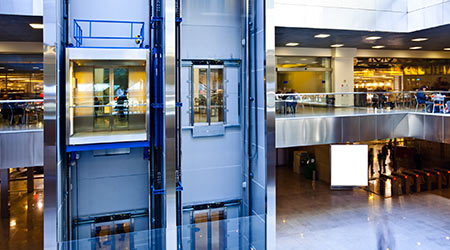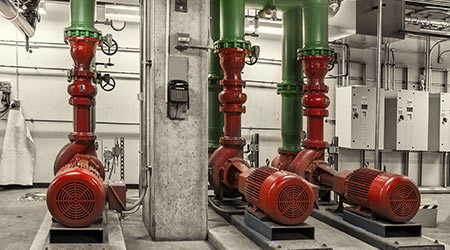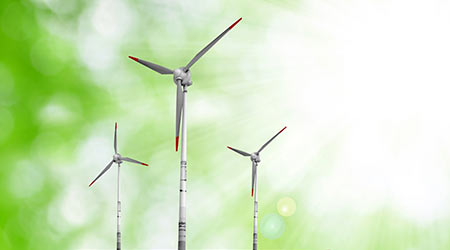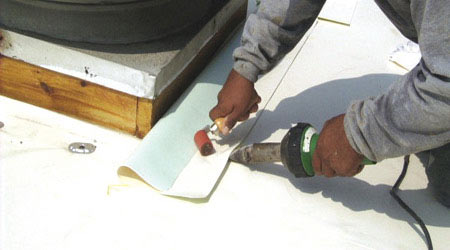
10 Steps to Prepare Elevators for Hazardous Weather
August 4, 2017
Pre-Season Maintenance Steps
Step 1 — Have a diagram showing the location of your elevators, car numbers and the elevator car phone number in your designated security area. In addition, have your elevator company’s emergency phone number available along with any required numerical designations.
Step 2 — Before your region's heavy rain season, inspect the elevator machine room's ventilation openings, windows and doors for possible rain leakage. If, during the inspection, water leakage is found, prevent water from reaching electrical panels by installing metal splash guards around ventilation openings and weather stripping around any machine room doors that open to the outdoors.
Just Before a Storm
Step 3 — As a severe storm is approaching, close all vents and openings at the top of the hoistway to prevent water from entering the elevator shaft.
Step 4 — Barricade the machine room, and be sure that no occupants are left in buildings that are reliant on elevators for egress.
Step 5 — Park the cars properly. “If buildings have elevators that are enclosed, managers should run each car to the center of the building, or to the top floor for two-story buildings,” says Bryan Budnik, director, customer excellence & repair at Schindler. “Elevators exposed to the outdoors should always be run to the floor below the top."
Step 6 — After cars are parked appropriately, shut the elevator down with the keyed switch and close the doors to prevent unauthorized personnel from using the equipment, says Budnik. In addition, place the mainline disconnect in the "off" position to completely remove power from the elevator. He says the elevator company's personnel should be able to provide assistance if necessary.
Step 7 — Anticipate power problems. Be familiar with the elevator's emergency systems and ensure the elevator has a surge protection system. “If there is an emergency power generation system backup or an emergency return system for hydraulic, machine room-less or traction elevators make sure it is reliable," says Budnik. "Finally, ensure that emergency lighting and elevator communications are operable.”
Step 8 — Do not use the elevator during a storm, as water intrusion can disable the elevators, leading to entrapment.
After the Storm
Step 9 — Check for water on the control panels or in the machine room before restoring power. If water is found, do not resume operation until the elevator service provider can do a thorough inspection.
Step 10 — Set up a process ahead of time in order to secure the safety of the equipment and facility occupants. Practice sessions should be conducted during low-demand hours of the elevator system and in the presence of a supervisor within the facility, or trained elevator technician.
This Quick Read was submitted by Naomi Millán, senior editor of Building Operating Management. This list is an adaptation of Schindler Elevator Corporation's Harsh Weather plan for users of elevators and escalators. For more information on elevator maintenance, go to www.facilitiesnet.com/14861bom
Next
Read next on FacilitiesNet












